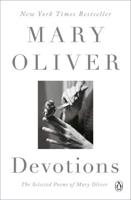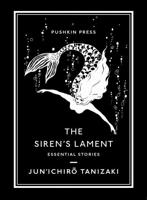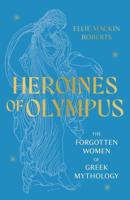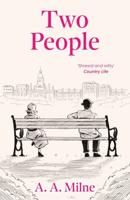Publisher's Synopsis
Seminar paper from the year 2021 in the subject English Language and Literature Studies - Other, grade: 1,0, Ernst Moritz Arndt University of Greifswald (Anglistik & Amerikanistik), course: Drug Cultures, language: English, abstract: Drugs have been a part of virtually every society that ever existed and I guess it is safe to say that that will continue to be the case in the future. But societies relationship with drugs has also always be a complicated one. While attitudes towards certain drugs have shifted over time, in post-industrial societies drug use became a mass phenomena - and with it addiction. Since then, cultural references to the effects of drugs have been plentiful and seem to have grown more frequent as well as more explicit over time, especially in popular music. While these references had been limited to metaphorical allusions during the 1960s and 70s, modern music listeners will hardly be surprised to hear mentions of drugs in popular songs that play on the radio or to see a wide variety of soft and hard drugs in music videos of almost every genre (cf. Primack 2008). Many politicians, critics and anti-drug advocates blamed this escalation on the emergence of rap music. Past analyses mostly focused on quantitative surveys of drug references in popular music, or tried to answer the question to which extent listener's musical preferences influence their relationship with drugs. Rather than gathering even more quantitative information, this paper will explore how legal and illegal drugs are depicted in rap music. It will utilize a broad definition of rap music - regardless of sub-genres - in order to examine drug references from early rap recorded in the 1980s up to the present day. It will argue that - although based in reality - popular criticism is due to misinterpretations which distort rap and hip hop culture's representation. Furthermore, they hinder our chances as a society to improve how we deal with drugs and addiction as well as to find a












